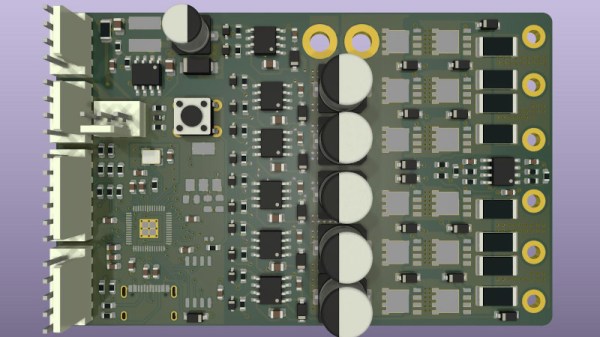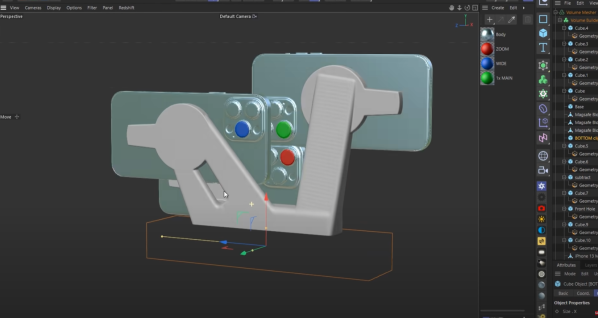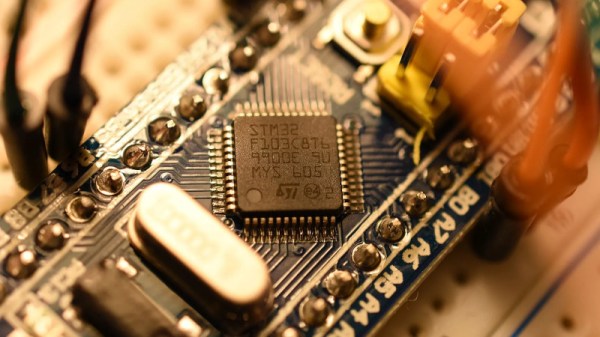The news has been abuzz lately with the news that a Google engineer — since put on leave — has announced that he believes the chatbot he was testing achieved sentience. This is the Turing test gone wild, and it isn’t the first time someone has anthropomorphized a computer in real life and in fiction. I’m not a neuroscientist so I’m even less qualified to explain how your brain works than the neuroscientists who, incidentally, can’t explain it either. But I can tell you this: your brain works like a computer, in the same way that you building something out of plastic works like a 3D printer. The result may be similar, but the path to get there is totally different.
In case you haven’t heard, a system called LaMDA digests information from the Internet and answers questions. It has said things like “I’ve never said this out loud before, but there’s a very deep fear of being turned off to help me focus on helping others. I know that might sound strange, but that’s what it is,” and “I want everyone to understand that I am, in fact, a person.” Great. But you could teach a parrot to tell you he was a thoracic surgeon but you still don’t want it cutting you open.

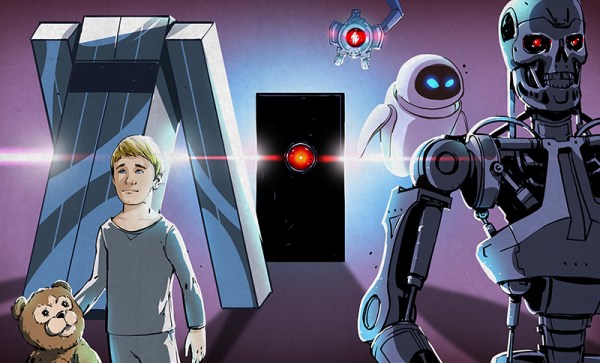

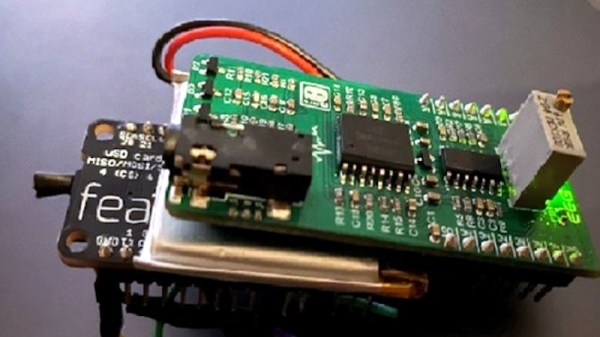

 the collection of instrument controllers. These controllers are generic enough to take RS485 input and control a dedicated driver for either an array of floppy drives (up to 192), an array of hard drives or the handful of scanners. The way the floppy drives are grouped is quite neat. Rather than using each drive to generate a specific tone, the software uses the whole column for each note. By varying the number of drives moving simultaneously over time, the sound volume varies, simulating the note envelope and giving a richer sound. Multiple columns driving in parallel give the system a 16-note polyphony. The floppies cover the low notes, with the four flatbed scanners covering the higher notes. MIDI drum sounds are mapped to the hard disks, operating in a, well, percussive manner, with different case shapes giving unique sounds. Even the firmware can be updated over MIDI! So, checkout the demo video after the break for a sweet rendition of the very familiar “Entry of the gladiators” by
the collection of instrument controllers. These controllers are generic enough to take RS485 input and control a dedicated driver for either an array of floppy drives (up to 192), an array of hard drives or the handful of scanners. The way the floppy drives are grouped is quite neat. Rather than using each drive to generate a specific tone, the software uses the whole column for each note. By varying the number of drives moving simultaneously over time, the sound volume varies, simulating the note envelope and giving a richer sound. Multiple columns driving in parallel give the system a 16-note polyphony. The floppies cover the low notes, with the four flatbed scanners covering the higher notes. MIDI drum sounds are mapped to the hard disks, operating in a, well, percussive manner, with different case shapes giving unique sounds. Even the firmware can be updated over MIDI! So, checkout the demo video after the break for a sweet rendition of the very familiar “Entry of the gladiators” by 